Skin Cancer Awareness Month: At-Home Skin Cancer Prevention
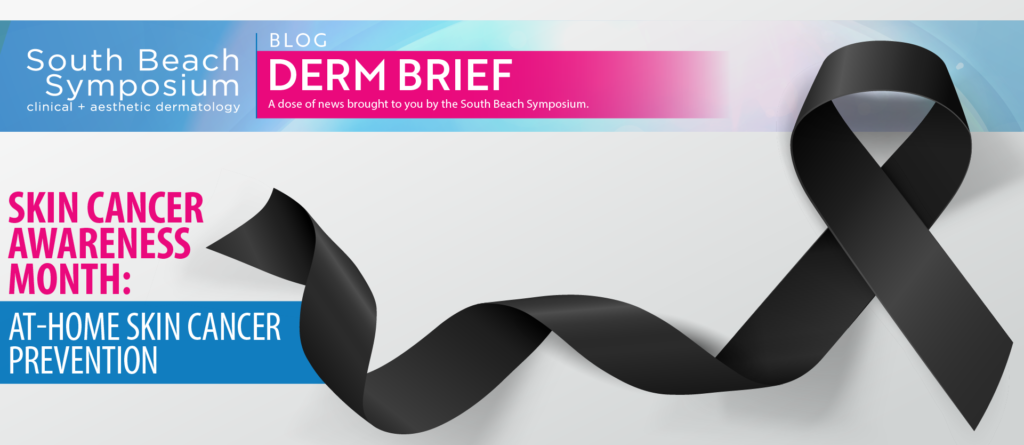
The month of May is dedicated to Skin Cancer Awareness during which organizations like the American Academy of Dermatology aim to raise awareness of safe sun habits, skin protection, and other important prevention strategies. Over 5 million cases of skin cancer are diagnosed each year in the United States alone and according to current estimates, […]
Advances in Melanoma Treatment and Prognosis
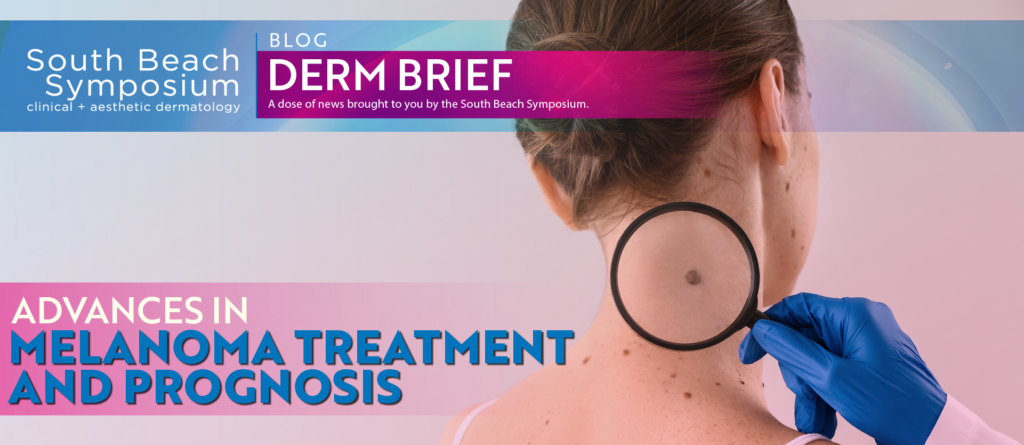
The most dangerous type of skin cancer, melanoma, can be entirely curable if caught and treated early. However, once it has become metastatic, the average five-year survival rate drops down to between 15 and 20%. Previously, patients with a late stage melanoma diagnosis faced poor outcomes and very low survival rates. A melanoma diagnosis used […]
Skin Cancer Procedures Outnumber Cosmetic Treatments in 2018
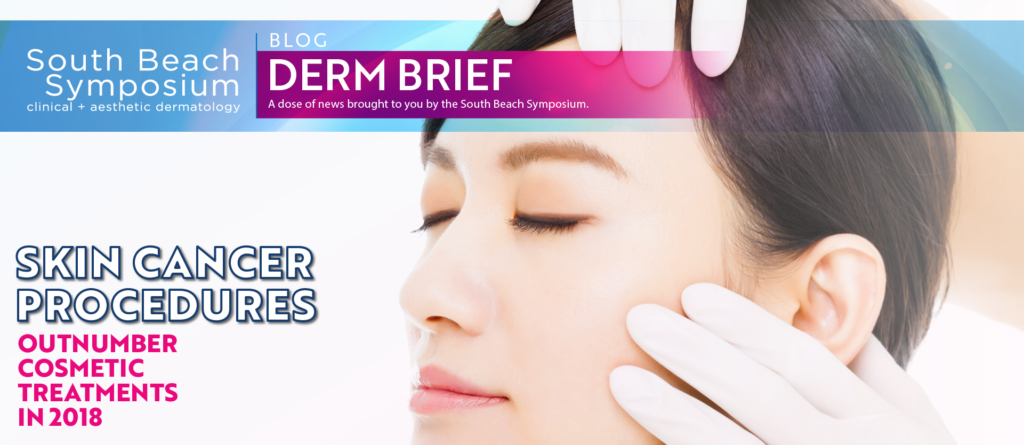
In its seventh annual Survey on Dermatologic Procedures, the American Society for Dermatologic Surgery (ASDS) analyzed data from participating physicians to quantify the top medically necessary and cosmetic procedures performed in 2018. Their recent report reveals a continued increase in the number of procedures with more than 12.5 million total treatments last year – a 7.5% […]
New Device for Detecting Skin Cancer

Skin cancer remains the most prevalent type of cancer affecting the U.S. population, affecting more than three million Americans per year. While raised awareness of the condition and advancements in technology have lifted survival rates, the vast majority of skin cancer deaths still stem from melanoma which can be difficult to detect in its early […]
Skin Cancer Awareness Month: Habits to Prevent Skin Cancer
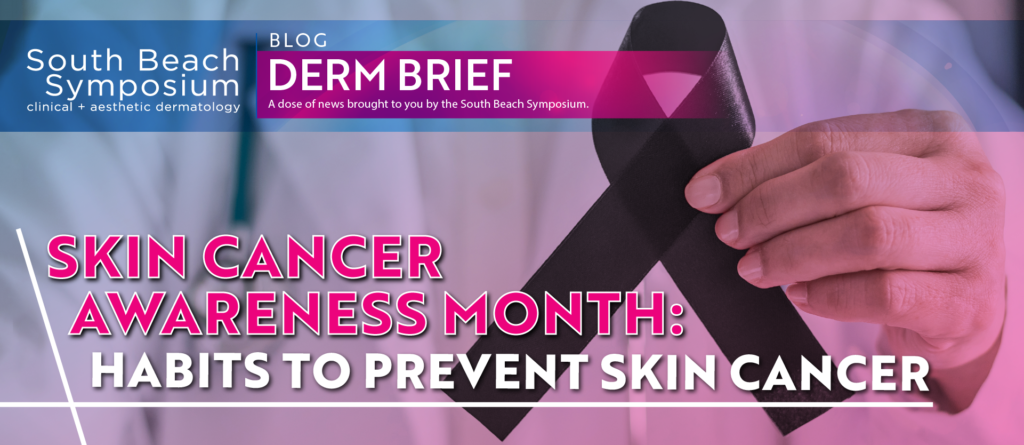
Along with higher temperatures and increased amounts of sun, May marks the beginning of Skin Cancer Awareness Month. With over 5 million diagnosed cases in the U.S. annually, skin cancer is reported as the most common cancer affecting Americans, and it is on the rise. According to Mayo Clinic researchers, the number of cases of basal cell carcinoma […]
Skincare Routine to Avoid Skin Cancer
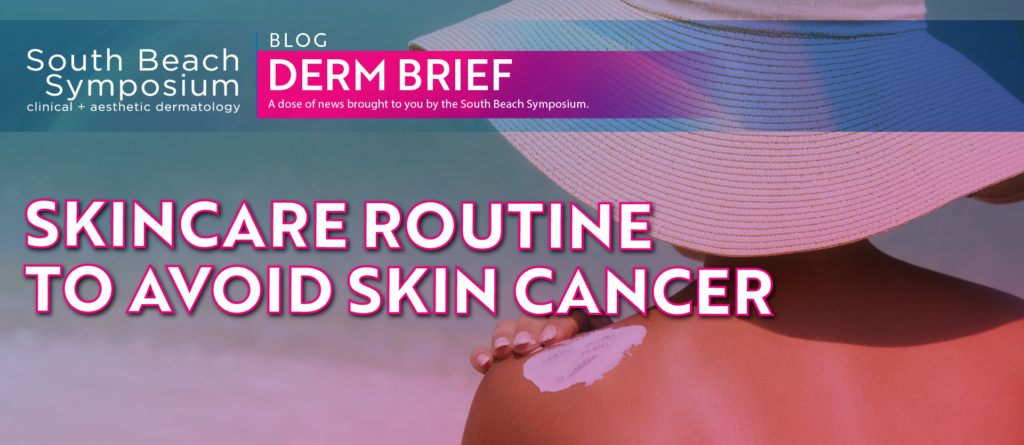
With spring approaching and sun-filled months on the horizon, sun protection is a primary concern. While applying a broad-spectrum sunscreen with an SPF of 30 or higher provides consistent protection from sun rays, there are additional strategies to lower the risk of skin cancer. First and foremost, a properly implemented skin care routine is a […]
A Smartphone App Helps in Diagnosing Melanoma
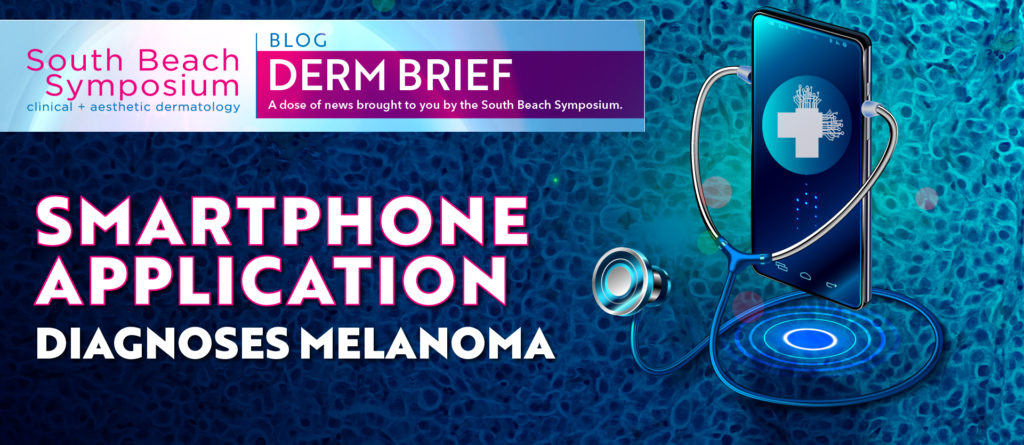
While differentiating skin cancer from a harmless lesion can be tricky, Michael Kolodney, the chair of West Virginia University’s Department of Dermatology, has recently developed a smartphone app: designed to help students practice diagnosing melanomas based on their physical appearance. Experienced dermatologists office diagnose their patients’ lesions through visual diagnoses, versus a checklist-based assessment. While […]
FDA Recently Approves Combination Treatment for Melanoma

The rates of melanoma have been consistently rising in the last three decades: statistics from the American Cancer Society indicate that about 91,270 new melanomas will be diagnosed in 2018; approximately 9,320 people will die of melanoma in the same year. In light of the rapid rise of both melanoma and overall skin cancer cases, […]
Melanocortin 1 Receptor Variants as a Risk for Melanoma

Recently published findings in JAMA Dermatology explore the role of MC1R in melanoma risk, and whether it contributes differently to the skin cancer risk factors in males and females. MC1R, the melanocortin 1 receptor, is one of the key proteins involved in regulating mammalian skin and hair color: controlling the type of melanin being produced—and […]
Keeping Kids Safe in the Sun

In order to effectively care for toddlers and small children at the beach—or any location with strong UV rays—it is critical to know sun-safe preventive care routines. While skin cancer is the most commonly diagnosed cancer in the United States, most cases are preventable if skin cancer risk factors are addressed, including inadequate sun protection. […]












